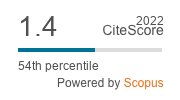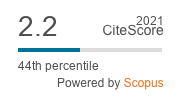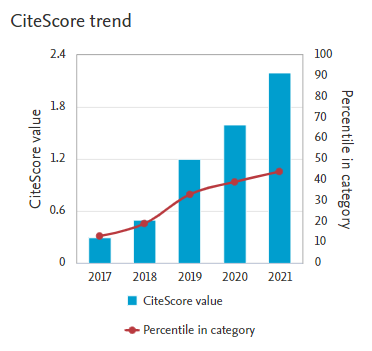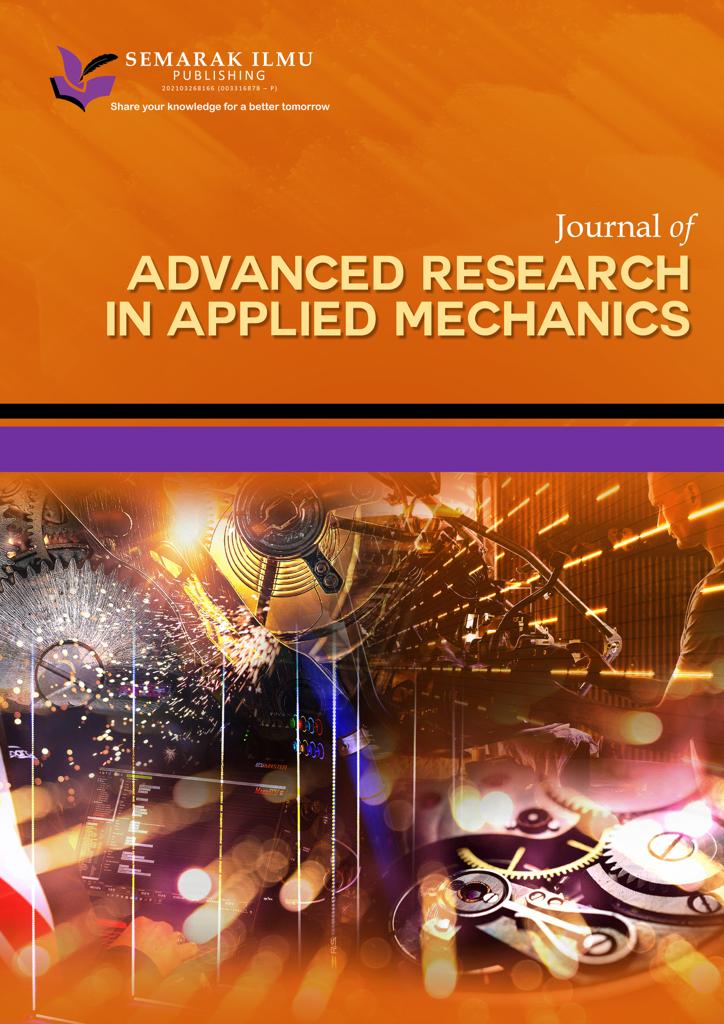Experimental Biomass Gasification in Updraft Gasifier with Gas Outlet at Reduction Zone and Air Supply using Suction Blower
DOI:
https://doi.org/10.37934/arfmts.118.1.155162Keywords:
Updraft gasifier, gas outlet, reduction zone, suction blower, rice husksAbstract
Rice husk gasification is increasingly attractive, particularly with updraft gasifier type, because of its simple construction and ease of operation. However, updraft gasifier has a disadvantage of generating substantial amounts of tar. Tar will decompose into combustible gas when exposed to high temperatures. The reduction zone has a high temperature for tar decomposition to occur. Therefore, in this research, updraft gasifier was modified by positioning gas outlet at the reduction zone and inducing gasification air supply using a blower. Modifications are made by moving the gas outlet from the top to the middle or reduction area. The initial start-up of the system uses a blown air supply system, then after the syngas are produced by the operation, it is replaced with a sucked air supply. Two blowers are used, namely an exhalation or blowing blower for initial start and a suction blower for continuous operation. The fuel used was low bulk density, specifically rice husks. The aim was to characterize the modified gasifier, focusing on parameters such as operating time, duration of gas combustion, air-to-rice husks ratio, and flame color. Typically, the experiments were conducted under constant of air velocity and fuel quantity. The results showed that the average operating time, duration of flammable gas, and air-to-rice husks ratio were 74.25 minutes, 52.28 minutes, and 7.6 kg air/kg husk, respectively, and the flame produced was a bluish-yellow color that indicates a reduction tar.





















